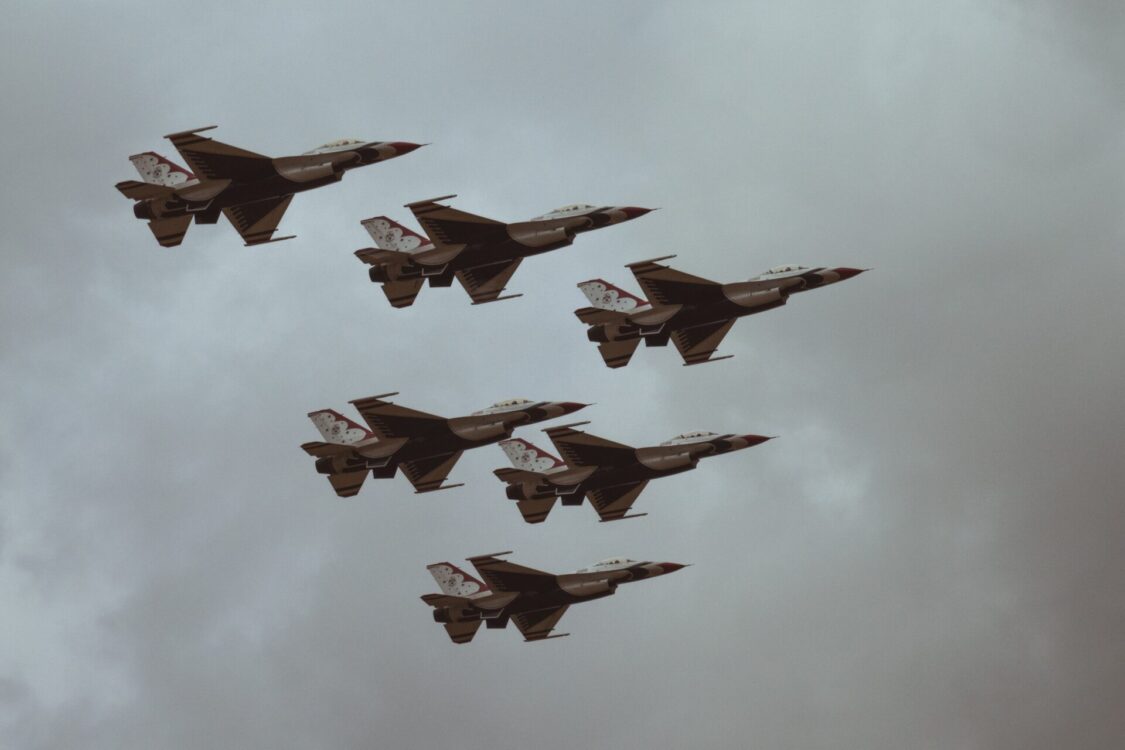Introduction
The Israel-Palestine tech wars conflict has a long and tumultuous history, characterized by political strife, violence, and territorial disputes. As of 2023, this conflict has evolved, taking on new dimensions as both sides increasingly harness the power of technology. In this article, we delve into the changing landscape of technology use in the Israel-Palestine conflict, examining how these innovations are reshaping the dynamics and consequences of the ongoing struggle.
Cyber Warfare
In recent years, both Israel and Palestine have recognized the potential of cyberspace as a theater of war. Cyber warfare has emerged as a critical tool in their arsenals, targeting not only military infrastructure but also civilian systems and critical services. Both sides have established dedicated cybersecurity units to safeguard their own networks and disrupt those of their adversaries.
Palestinian hacktivists have used distributed denial of service (DDoS) attacks to disrupt Israeli websites, while Israel has countered with precision cyberattacks aimed at disrupting Palestinian military communication networks. These operations have escalated the digital arms race between the two sides, highlighting the importance of cybersecurity as a key element of modern warfare.
Drone Warfare
Drones have become a common sight in the skies over Israel and Palestine. These unmanned aerial vehicles (UAVs) are used for various purposes, from surveillance and intelligence gathering to targeted airstrikes. Both sides have developed their drone capabilities, with Israel deploying advanced, weaponized drones to strike at Hamas leaders, and Palestinian groups using drones to scout and potentially launch attacks against Israeli targets.
Israel’s “Harpy” drones, for example, are capable of loitering over hostile territory for extended periods, waiting to strike designated targets. On the Palestinian side, small commercial drones are being repurposed for military use, presenting a new challenge for Israeli defense systems.
Artificial Intelligence and Surveillance
AI-driven surveillance technology is also playing a crucial role in the conflict. Israel’s advanced facial recognition systems and extensive network of security cameras provide unparalleled data for tracking individuals. In contrast, Palestinian authorities have begun to explore AI for predictive policing, which involves using data analysis to anticipate and prevent potential security threats.
AI’s role in surveillance and intelligence gathering is not without controversy. It raises questions about privacy, data security, and the potential for abuse. As such, the use of AI in the Israel-Palestine conflict has sparked a global debate about the ethical boundaries of technology in wartime.
Social Media and Information Warfare
Social media has amplified the conflict’s impact on a global scale. Israel and Palestine both use these platforms to disseminate their narratives, rally international support, and mobilize activists. The instantaneous spread of information, images, and videos has reshaped public perceptions and triggered international responses, sometimes even leading to ceasefire agreements.
However, the widespread use of social media in the conflict has also raised concerns about misinformation and the spread of propaganda. Manipulated images, fake news, and biased content have further polarized public opinion, complicating the search for a peaceful resolution.
The Impact on Civilians
As technology is increasingly integrated into the Israel-Palestine conflict, the impact on civilians cannot be understated. The use of drones, cyberattacks, and surveillance technologies directly affects the daily lives of people on both sides of the conflict.
For Palestinians living in Gaza, the constant presence of Israeli drones overhead brings not only fear but also the grim reality of civilian casualties when these drones are weaponized. The indiscriminate use of force, even if targeted at militant leaders, often results in collateral damage, taking the lives of innocent men, women, and children.
In Israel, the ongoing threat of rocket attacks from Palestinian territories leads to the extensive use of sirens and early warning systems. This constant state of alert can have profound psychological effects on the population, particularly on children, who grow up in a climate of fear and insecurity.
In the digital realm, both sides have experienced the negative consequences of cyberattacks. Attacks on critical infrastructure, including power grids, have disrupted daily life, leaving civilians without essential services. Moreover, the proliferation of surveillance technologies, AI-driven facial recognition, and the monitoring of social media have raised concerns about privacy and personal security for individuals in both Israel and Palestine.
International Implications
The growing integration of technology into the Israel-Palestine conflict has far-reaching international implications. The ethical concerns surrounding the use of drones and AI in warfare are fueling discussions about international regulations and guidelines for these technologies. The lines between conventional and cyber warfare have blurred, necessitating international efforts to establish norms for the responsible use of technology during conflicts.
Furthermore, the role of social media in shaping global opinion on the conflict has forced tech giants and policymakers to confront issues of content moderation and information manipulation. The regulation of social media platforms and efforts to counter disinformation have become critical topics on the global stage.
Despite the challenges, there are also opportunities for technology to play a positive role. Digital diplomacy efforts can help foster communication between parties and facilitate peace negotiations. International organizations and tech companies can support initiatives aimed at alleviating the suffering of civilians affected by the conflict, and the use of technology for humanitarian purposes, such as delivering aid and healthcare services, should be encouraged.
Conclusion
The Israel-Palestine conflict in 2023 is a stark reminder of how technology has become an integral part of modern warfare. Cyberattacks, drones, artificial intelligence, and social media are tools that both sides employ to gain an advantage, and these innovations are redefining the contours of this enduring conflict. As technology continues to evolve, it is vital for the international community to navigate the ethical and strategic implications of technology in conflict zones, in the pursuit of peace and stability in the region.
